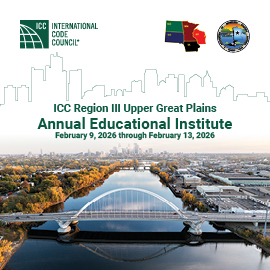
PMGCAC’s Proposed Water Reuse Changes: Shaping the How, When and Where Of Sustainable Water Practices
The Plumbing, Mechanical and Fuel Gas Code Action Committee's Water Reuse Working Group is currently developing new proposals on water reuse for the 2027 I-Codes.
Water is one of our most precious resources, but with the changing climate and growing demand, water scarcity has become a growing concern. The U.S. Environmental Protection Agency has a long list of ways that households inadvertently use more water than they should, amounting to billions of gallons in waste every single year.
Behavioral changes like turning the water off while brushing your teeth or only running a full dishwasher load can help, but they may not move the needle long-term. For real change, and to ensure that water remains a sustainable resource as the global population increases, people need to reevaluate how water is used and how it may be reused.
“There are only so many gallons of water on Earth,” said Adam Stern, Vice President, Natural Systems Utilities (NSU), which designs, builds and now operates dozens of water reuse systems. . “Each is reused again and again. We drink water that was once mist in a rainforest, in a toilet, in a blueberry or in a dinosaur’s eyeball – or all of these. Reuse is reality. But the rate at which humans now use water shortens the reuse cycle and exceeds the rate at which Earth’s natural cleaning mechanism functions. Therefore, safe reuse now often requires additional input and effort to render water safe for consumption. And as the reuse cycle continues to accelerate with human population growth, so too will the need for appropriate stewardship of Earth’s limited water.”
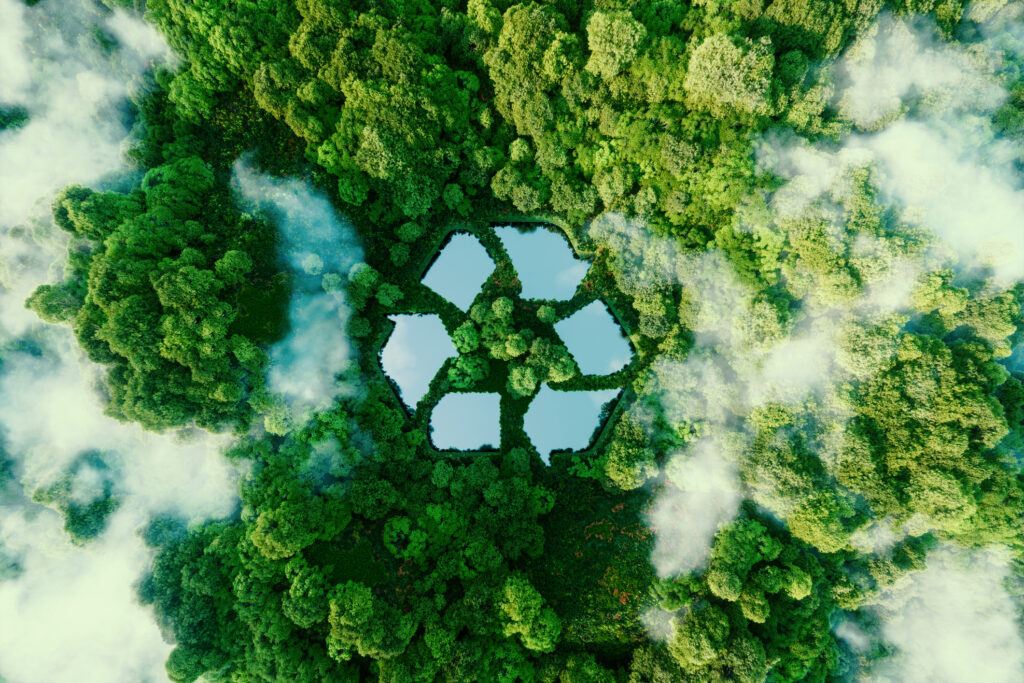
Expanded Sources of Water Reuse
Stern is part of the International Code Council’s Plumbing, Mechanical and Fuel Gas Code Action Committee’s (PMGCAC) Water Reuse Working Group which was formed to develop new proposals on water reuse for the 2027 International Codes® (I-Codes). Learn about the future of on-site direct potable water reuse in the I-Codes here.
One of the proposed changes involves the sources of water that can be reused including blackwater, which is wastewater that contains urine or fecal matter.
“Water reuse has been permitted for several years in the IPC and IRC but mostly used for flushing and irrigation,” said Guy Tomberlin, former Building Inspections Branch Chief for the Fairfax County Government and former VP, PMG Programs for the Code Council. He is also a member of the Water Reuse Working Group.
“Up until now that has been pretty much what water reuse has been most widely used for,” said Tomberlin. “Our proposed changes create many more opportunities for water reuse systems, whether it’s rainwater, greywater or blackwater. If you put it through the proper systems to clean it and disinfect it well enough, it can even be used for drinking water.”
Blackwater is just one source of water included in the proposal. For example, reverse osmosis rejects water (a byproduct of the reverse osmosis filtration process) is currently prohibited from being reused. Tomberlin said that if it’s treated properly, there’s no reason why that restriction should remain in place.
Condensate, which is generated by HVAC equipment, is another source of water that the group is recommending for reuse.
“A big IT data center that has tons of air conditioning will have several gallons a day of condensate that they could easily reuse for something,” said Tomberlin. “The uses are endless. I think that our proposal has made it clear that anybody who wants to put in the time and effort to purify water to the standard that’s required, and properly maintain it, they can do it.”
The proposal also establishes minimum quality standards based on the reuse application regardless of the water source. Consider rooftop runoff – Stern said that it’s a bit misguided to assume that it is relatively clean and requires less treatment prior to reuse.
“Many winged creatures often use rooftops as we use toilets,” Stern explained. “Although the quality of source water can vary widely, the safety standards for reuse applications should not. Therefore, specifying ultimate quality criteria is more appropriate than specifying treatment technologies – which, based on source water quality, may or may not be appropriate.”
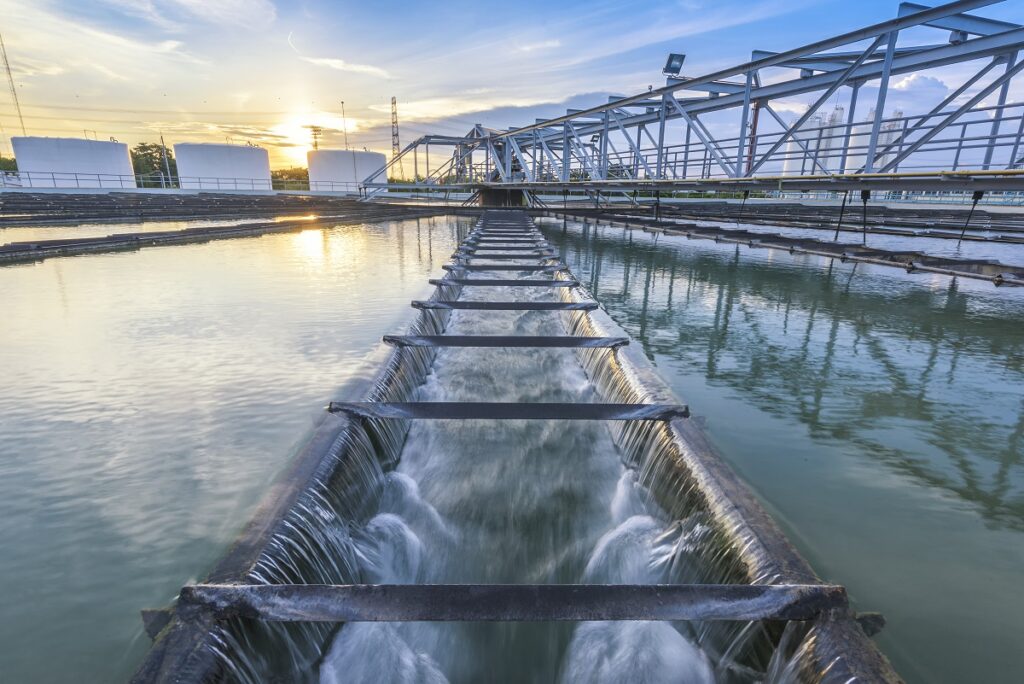
Non-Potable Water Has More Uses Than People May Realize
Not all water needs to be potable, or suitable for drinking. Many reuse systems are designed for non-potable use and require less equipment to filter and sanitize the water.
Blue Hole Primary School in Wimberley, Texas tackled its water scarcity problem – and protected nearby swimming areas from runoff contamination – by using rainwater and HVAC condensate to flush toilets and to irrigate the landscaping. Used toilet water is then treated to irrigate the school’s athletic field. These and other water conservation efforts allowed Blue Hole Primary to use 49.4% less water than a nearby elementary school while serving a greater number of students.
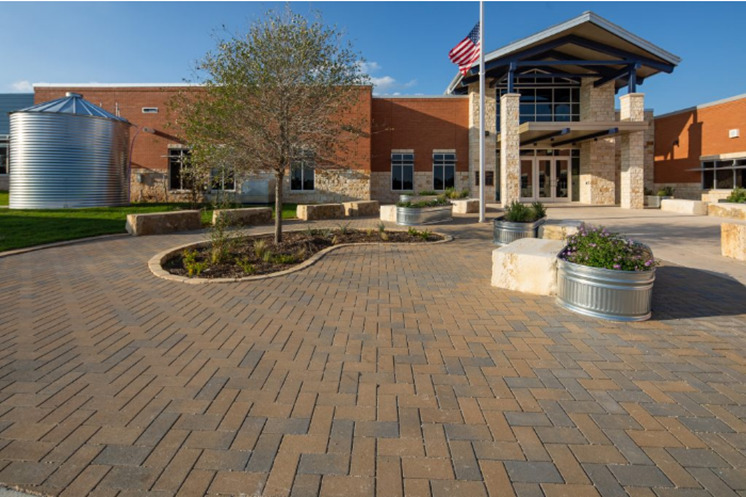
With the latest proposed changes, the Water Reuse Working Group hopes that other uses for non-potable water will get more attention and be more frequently adopted. For example, commercial car washes don’t need potable water to make your vehicle shine – treated non-potable water is plenty sufficient.
“The same can be said for commercial laundries or cooling towers,” said Tomberlin. “The water used for these applications may not necessarily need to be drinking water quality but treated enough to ensure proper safety and suitability for the end use quality.”
Non-potable water can also be used for snowmaking, like for skiing applications, and snow melting, for mixing a salt brine to spray on snowy roads. Chemicals don’t need the cleanest water, so non-potable water may also be used to mix herbicides.
“Water reuse is still relatively new to a lot of people,” said Christopher Imhof, Chair of the Water Reuse Working Group and Technical Standards Engineering Manager for WSSC Water, a water and wastewater utility in Maryland. “But it is coming, and water scarcity is not going away. We know the population is going to get larger and global warming is having an effect. It’s something that needs to be addressed and continually addressed going forward.”
The United Nations estimates that there will be 9.7 billion people on Earth in 2050, up nearly 2 billion from today. While not all areas are currently experiencing water scarcity, the need for reuse solutions, as well as proper guidance on how, when and where water can be reused, will be essential in the years to come.
“We’re trying to create some guidance and guardrails,” said Imhof. “It’s code language [but] it’s a much more complicated issue than most of the things in the code. There is no 1 + 1 = 2 when it comes to these systems. There are also a lot of jurisdictions and authorities involved. Where it is now, it’s some broad guardrails to help guide people in the right direction to allow some water reuse systems and coordination with jurisdictions.”
Water Reuse Guidance is Designed to Encourage Use with Few Barriers
There may come a day when water reuse is regulated nationally, but until then, the Water Reuse Working Group is striving to provide the necessary guidance.
“Differences among state reuse regulations and the lack of state reuse regulations is precisely why Code Council guidance is needed,” said Stern. “By developing and disseminating minimum standards to ensure public health and safety, water reuse can be more readily and more broadly implemented.”
Water scarcity remains a powerful motivator. Stern said that Gillette Stadium in Foxboro, MA, was required to implement blackwater reuse because the local public infrastructure lacked the capacity to provide water from other sources. Stern added that reuse can also be incentivized by financial benefits and encouraged by state and local regulations.
“NSU designed, built and for the past 20 years has operated the water reuse system for Gillette Stadium,” he said.
“[It can be] used as a marketing tool for new buildings, instrumental in achieving LEEDs (or similar) certifications or unavoidable in areas that lack the ability to discharge,” said Stern.
Looking ahead, Tomberlin hopes that more designers will rely on Code Council guidance to start designing and implementing these systems in different areas across the country. He is particularly interested in how reuse systems can serve areas that are experiencing water shortages and droughts.
“That’s where we’re going to be able to realize a sizable benefit from these water reuse systems, whether it’s blackwater, rainwater or whatever source in between,” said Tomberlin. “I think they’re valuable and I think they’re a commodity we don’t use enough of currently. I would like to see more people take advantage of these resources. The more they advance, the more the code will be a tool that will be well used.”
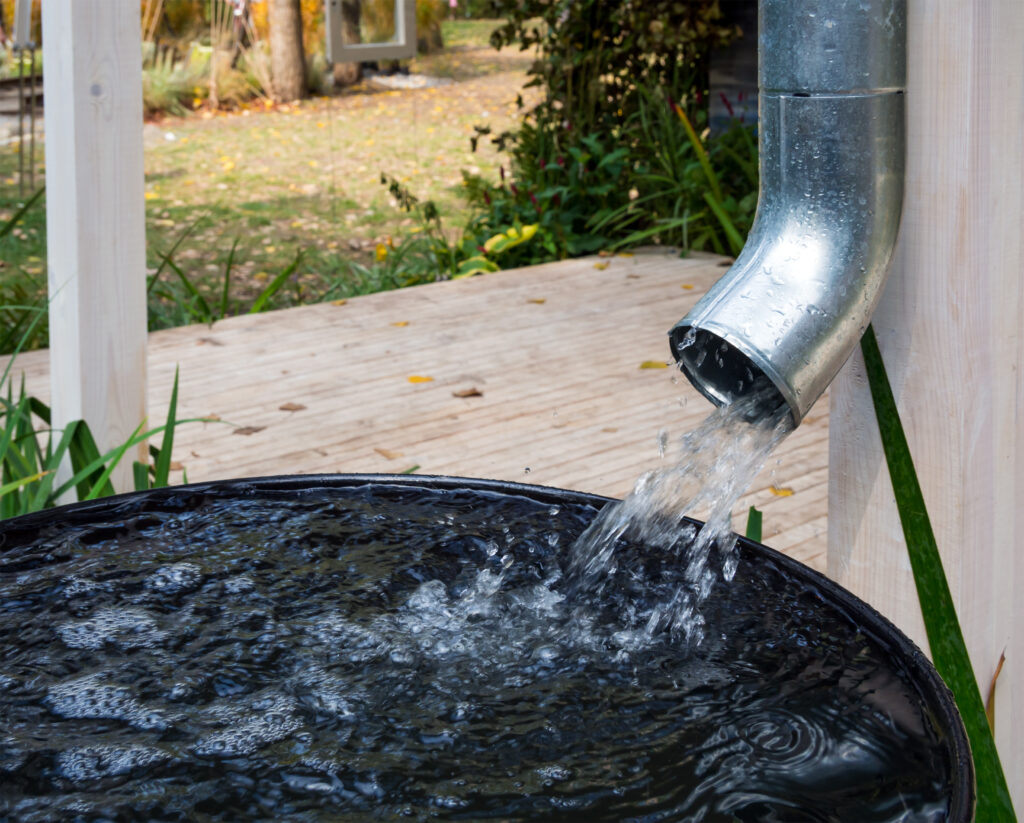
Tomberlin said that the proposed changes “tighten the strings on the quality of water that gets reused,” but not to the point where it becomes too restrictive. In fact, Imhof wants water reuse to counter water scarcity with as few barriers as possible.
“We don’t want so much regulation that it doesn’t go anywhere,” said Imhof. “But we do have to protect the welfare of those who are going to be using this water.”
Click here to learn more about the Code Council’s World Water Awareness campaign and get involved.





